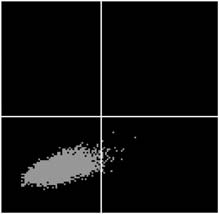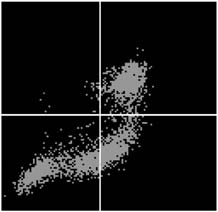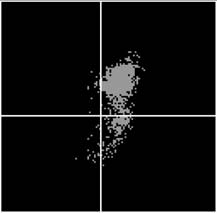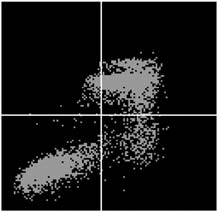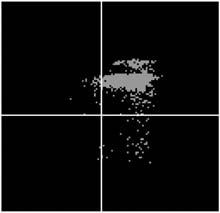m.ayushdhara.in
ISSN: 2393-9583 (P)/ 2393-9591 (O) An International Journal of Research in AYUSH and Allied Systems Review Article REVIEW ON ROLE OF HERBAL DRUG IN THE PREVENTION AND MANAGEMENT OF KIDNEY DISEASE Laxmi Maharana1*, Om Prakash Dadhich2 *1PhD Scholar, 2Dean Academic & H.O.D. P.G. Dept. of Sharir Kriya, National Institute of Ayurveda, Jaipur, India.
